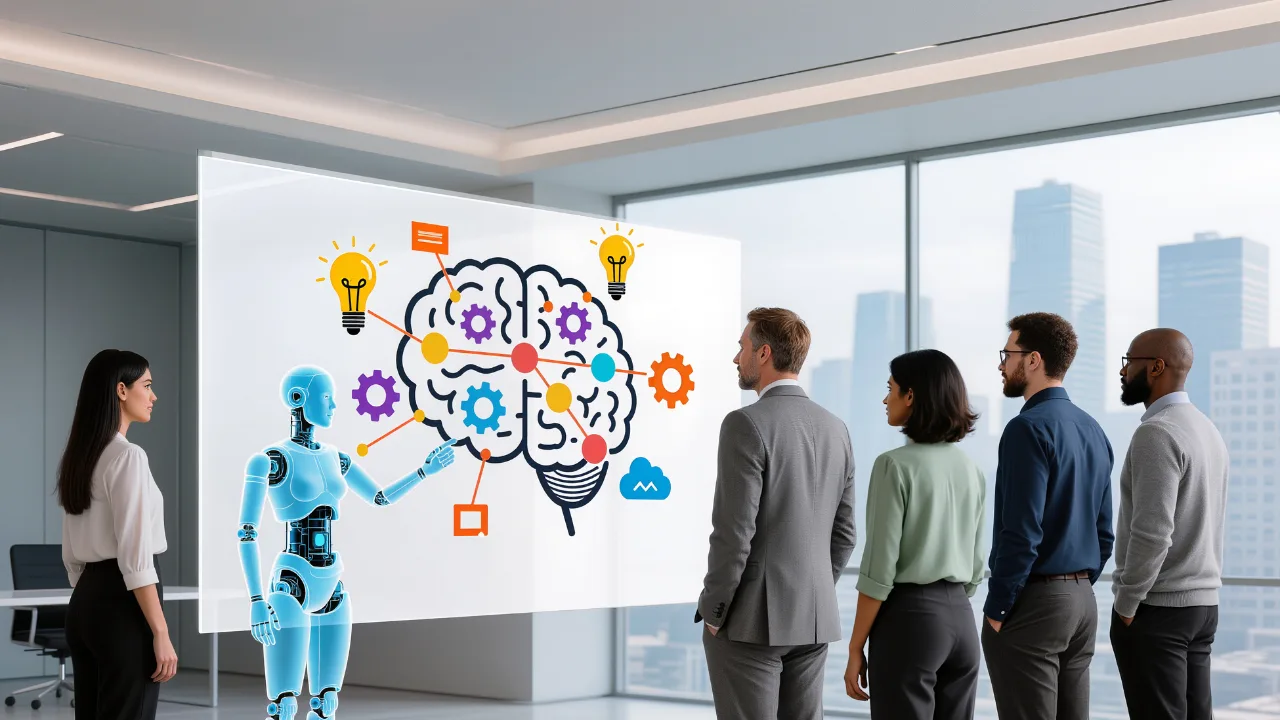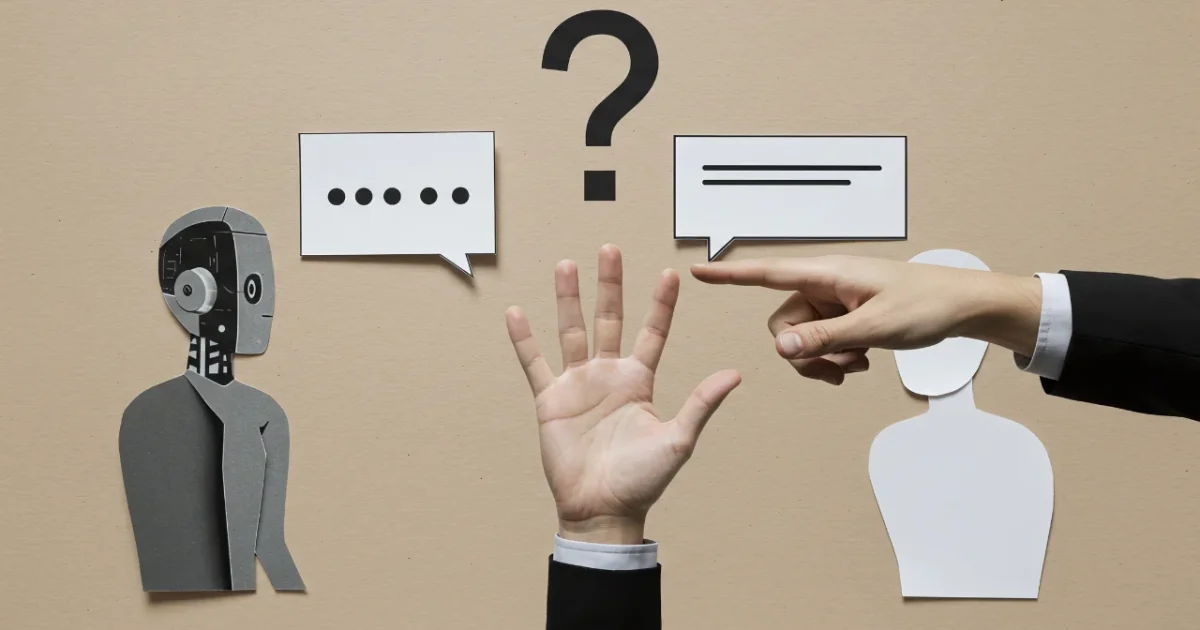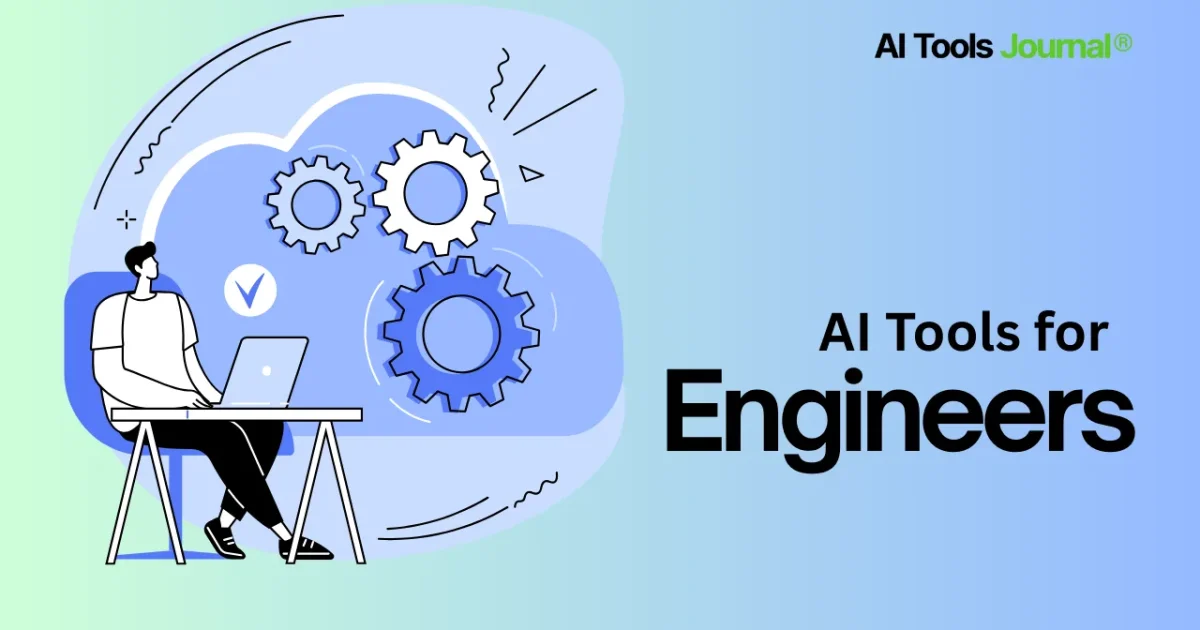Imagine spending weeks on manual calculations for a bridge design, only to second-guess every step because you’re buried in data. As an experienced engineer, you’ve mastered traditional methods, but the rise of AI sparks doubt—does it really deliver, or is it just hype? In this 2025 analysis of AI vs traditional engineering, we dive into the real differences, tackling your uncertainty head-on with clear pros, cons, and a hybrid path that keeps your expertise in the driver’s seat.
Unpacking AI Engineering Comparison: Where Workflows Diverge
Think of traditional engineering as a solo hike—you map every trail by hand, relying on experience to spot risks. AI flips this to a guided drone flight: it scans terrain instantly, but you still choose the path. This AI engineering comparison highlights how automation shifts grunt work to machines, letting you focus on innovation.
Recent 2025 studies show mixed results. One trial found experienced developers using AI took 19% longer on tasks due to debugging generated code. Yet, organizations report 3-5x faster feature delivery with AI tools. The key? AI excels at scale, but humans catch nuances machines miss.
Task-by-Task Breakdown: Traditional Method vs. AI Method
To cut through the skepticism, here’s an original comparison table for common engineering tasks. It shows time, accuracy, and human role—proving AI augments, not replaces, your skills. (Main goal: Spot quick wins for your projects.)
| Task | Traditional Method | AI Method | Time Savings | Accuracy Boost | Best Human Role |
|---|---|---|---|---|---|
| Structural Analysis | Manual formulas and spreadsheets (e.g., Excel for load calcs) | AI simulations via tools like ANSYS AI plugins | 70% faster | +25% (fewer calc errors) | Validate assumptions |
| Generating Blueprints | Hand-drafting or CAD from scratch | Generative AI (e.g., AutoCAD with AI prompts) | 4x quicker | +15% (auto-standards check) | Refine for site specifics |
| Material Optimization | Trial-and-error testing in lab | ML algorithms predicting properties (e.g., via TensorFlow) | 80% reduction | +30% (data-driven picks) | Ethical/safety overrides |
| Risk Assessment | Expert checklists and historical reviews | Predictive AI models (e.g., Bayesian networks) | 60% less time | +20% (scenario foresight) | Contextual judgment |
| Iterative Prototyping | Physical mocks and revisions | AI-driven 3D modeling (e.g., Fusion 360 AI) | 5x iterations | +18% (virtual stress tests) | Creative design tweaks |
This table draws from 2025 benchmarks, like Warp Development’s report on AI breaking old rules. Notice the pattern: AI handles repetition, you own strategy.
Efficiency Snapshot: A Quick Bar Chart on Time Savings
To visualize those gains, check this bar chart (built with Chart.js for easy embedding in your reports). It plots average time reductions across tasks—blue for traditional baselines, teal for AI boosts. Data from METR’s July 2025 dev study and Bitcot’s workflow analysis.
So, what’s the bottom line? AI slashes hours on rote tasks, freeing you for what you love—solving tough problems.
“Some people call this artificial intelligence, but the reality is this technology will enhance us. So instead of artificial intelligence, I think we’ll augment our intelligence.” – Satya Nadella, Microsoft CEO
Benefits of Automated Engineering: Speed and Scale Wins
Manual engineering processes shine in precision crafts, like custom tooling. But benefits of automated engineering? They crush volume work. For instance, AI in design efficiency lets you simulate 1,000 variants overnight—impossible by hand.
Picture optimizing a wind turbine: Traditional? Weeks of wind tunnel tests. AI? Tools like PySCF run quantum sims in minutes, cutting costs 40%. Here’s a quick code example in Python (using NumPy for basics—no fancy installs needed) to demo AI material prediction:
import numpy as np
# Sample data: Stress levels vs. material strength
stress_data = np.array([100, 200, 300, 400]) # MPa
strength_data = np.array([150, 250, 350, 450]) # Yield strength
# Simple linear regression (AI proxy for prediction)
from sklearn.linear_model import LinearRegression
model = LinearRegression().fit(stress_data.reshape(-1, 1), strength_data)
predicted_strength = model.predict([[500]]) # Predict for new stress
print(f"Predicted strength: {predicted_strength[0]:.2f} MPa") # Output: ~550 MPa
Run this, and you’ve got a baseline model. Scale it with real datasets for pro insights.
“AI removes technical barriers, but it is people who move ideas forward. By empowering users with tools that once required teams of engineers…” – Sara Mauskopf, CEO of Winnie (from AI Appreciation Day 2025 commentary)
Human vs Machine in Engineering: The Real Challenges
Don’t get us wrong—human vs machine in engineering isn’t a knockout fight. AI stumbles on edge cases, like unpredictable soil in civil projects. A 2025 Zencoder report notes pitfalls in code gen: 15% more bugs if unchecked.
Your pain? Trusting black-box outputs. Solution: Always audit AI results. Think of it as copiloting a jet—AI flies straight, you handle turbulence.
“By far, the greatest danger of Artificial Intelligence is that people conclude too early that they understand it.” – Eliezer Yudkowsky, AI Researcher
Efficiency of AI in Design: Data-Backed Proof
In efficiency of AI in design, 2025 shines. Levinci Group’s analysis shows AI workflows 2x more agile than legacy ones. For mechanical engineers, generative tools auto-iterate parts, spotting flaws humans overlook.
Real-world example: Prompt an AI like Autodesk’s for “a lightweight aluminum bracket for 500kg load, photorealistic render.” It spits out 50 options in seconds—pick and tweak.
The Future of Engineering Work: Hybrid Wins with Augmented Intelligence
Here’s the deal: Pure AI or traditional? Nah. Go hybrid—”augmented intelligence,” where AI crunches data, you lead creativity. This frees 30% more time for strategic oversight, per Medium’s 2025 workflow leap report.
In future of engineering work, smart engineering means AI as your tireless assistant. It handles computations; you solve ethics, like sustainable sourcing. This blend cuts resistance—start small, scale smart.
“AI is fundamentally an applied technology that’s going to serve our society. Humanistic AI… raises the awareness of the importance of the technology.” – Fei-Fei Li, Stanford AI Pioneer
How to Integrate AI into Your Engineering Workflow: A Step-by-Step Guide
Ready to dip a toe? This practical guide eases adoption without chaos.
- Pick One Task: Start with repetitive work, like data analysis. Tool: Free Google Colab for Python AI scripts.
- Gather Data: Upload your spreadsheets—AI tools like Pandas auto-clean.
- Run a Test: Use the code example above. Compare outputs to your manual calc.
- Review and Tweak: Spend 10 minutes auditing. Adjust prompts for accuracy.
- Scale Gradually: Add to weekly routines. Track time saved in a simple log.
- Team Share: Demo wins in meetings—build buy-in.
Think of it as upgrading from a flip phone: One app at a time.
5 Questions for Engineers to Ask About Integrating AI
Ease your uncertainty with these actionable checks:
- Does this tool fit my stack? (E.g., Compatible with SolidWorks?)
- What’s the error rate on my data type? (Test with a sample project.)
- How much training time? (Aim for under 2 hours.)
- ROI timeline? (Expect 20% productivity bump in month 1.)
- Backup plan? (Always have manual fallback.)
The Hybrid Horizon: Why AI vs Traditional Engineering Evolves Together
In wrapping up AI vs traditional engineering, the winner is collaboration. 2025’s tools prove augmented paths boost efficiency without erasing your edge. Embrace smart engineering—your projects (and sanity) will thank you.
Frequently Asked Questions (FAQs)
What’s the biggest risk in switching to AI engineering workflows?
Over-reliance on unvetted outputs. Always cross-check—studies show 20% error drops with human review.
How does AI handle creative design better than manual processes?
It generates endless variants fast, but lacks your intuition. Hybrid: AI ideates, you curate.
Is AI cost-effective for small engineering firms in 2025?
Yes—free tiers like Hugging Face models yield 3x ROI on design tasks under $500/month.
Can traditional engineers learn AI tools quickly?
Absolutely. Most platforms offer 1-hour tutorials; focus on prompts like “optimize beam for 10% weight cut.”
What’s next for human vs machine in engineering?
More seamless integrations, like real-time AR overlays for site checks.





